Thank you for your
attention on Yesheng !
Titanium Alloy Forging Process: From Raw Material to the Perfect Transformation of Two-Phase Alloys
Titanium alloy, known for its lightweight, high strength, and excellent corrosion resistance, is widely used in fields such as aerospace, medical, and chemical industries. The forging process is a key step in the processing of titanium alloys, and its quality directly affects the performance of the final product. This article will provide a detailed discussion of the seven key elements of the titanium alloy forging process: billet preparation, heating, lubrication, forging, cleaning, die design, and forging of two-phase titanium alloys in titanium manufacturing companies.
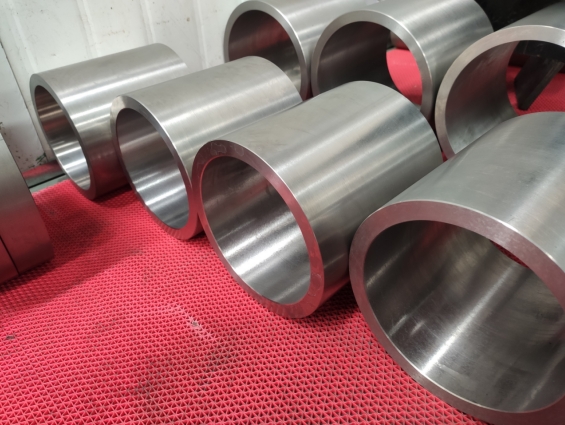
1. Billet Preparation
The titanium alloy billet for sale must be carefully prepared before forging. The surface of the billets should undergo rough machining or grinding to ensure a flat surface free of obvious defects and impurities. Bars are typically processed by turning or centerless grinding. When cutting the billets, a bandsaw is recommended to avoid the heat-affected zone and oxidation that might occur with gas cutting.
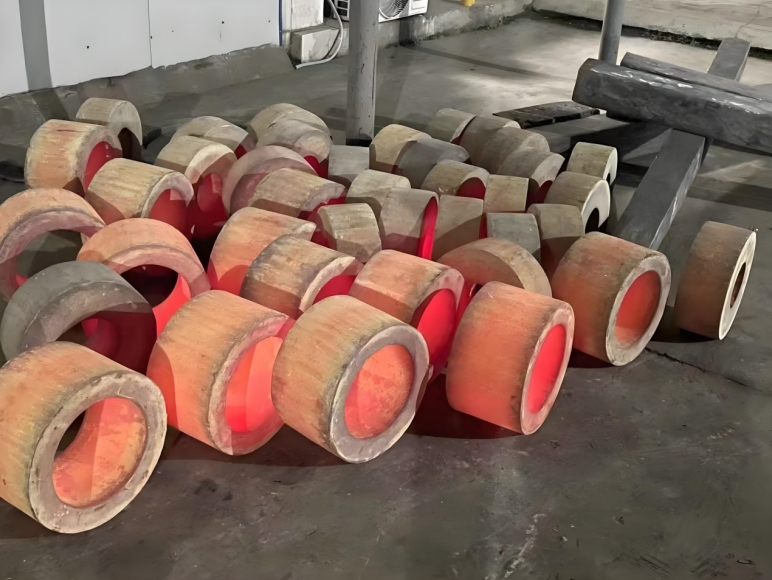
2. Heating
During the heating process, the furnace bottom must first be cleared of slag and scale to ensure a clean furnace environment. Titanium alloys should be heated in an oxidizing atmosphere to slow down hydrogen saturation and reduce oxidation and gas contamination. At the same time, heating temperature and time must be strictly controlled to minimize grain growth. The die should also be preheated to 250-350°C and held at that temperature for more than 12 hours to reduce the temperature difference between the die and the titanium alloy.
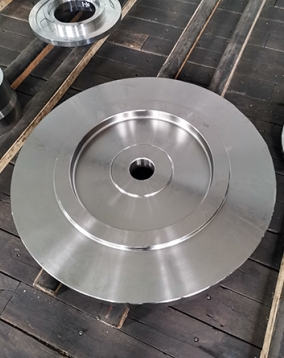
3. Lubrication
Titanium alloys have poor flowability during forging, so the die should be lubricated before forging. Lubrication can improve the flowability of the titanium alloy and prevent the forged part from sticking to the die. Common lubricants include mixtures of colloidal graphite and water, or graphite mixed with oil-based or water-based solutions.
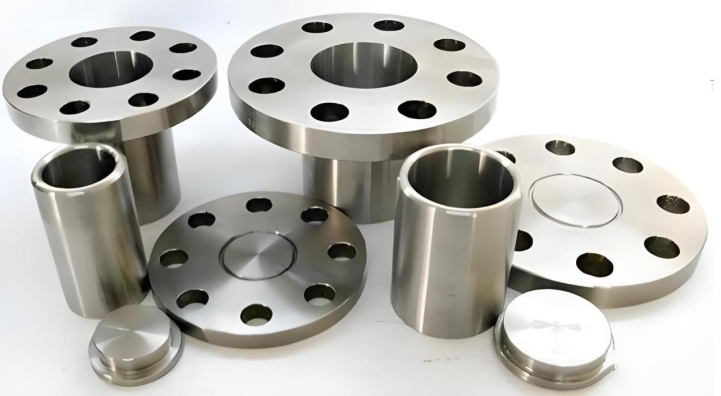
4. Forging
The deformation amount in titanium alloy die forging is generally controlled between 40% and 80%. After the final heating, the entire metal should have uniform deformation, and the temperature distribution during the deformation process should be even to prevent cracking caused by deformation at excessively low temperatures. For two-phase titanium alloys, sufficient deformation is especially important because grain refinement cannot be achieved through heat treatment methods but only through deformation.
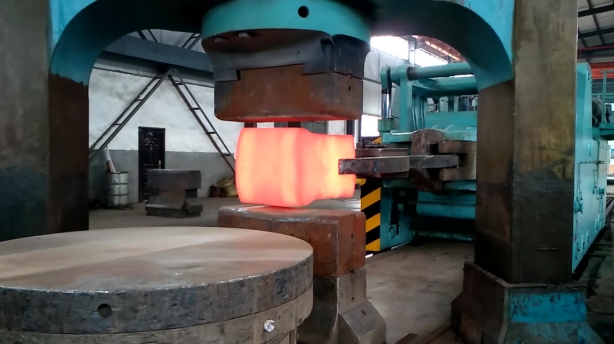
5. Cleaning
A brittle oxide layer forms on the surface of titanium alloys after forging, which may lead to cracking of the underlying metal during subsequent forging. Therefore, after each forging cycle, the oxide layer should be removed by methods such as sandblasting.
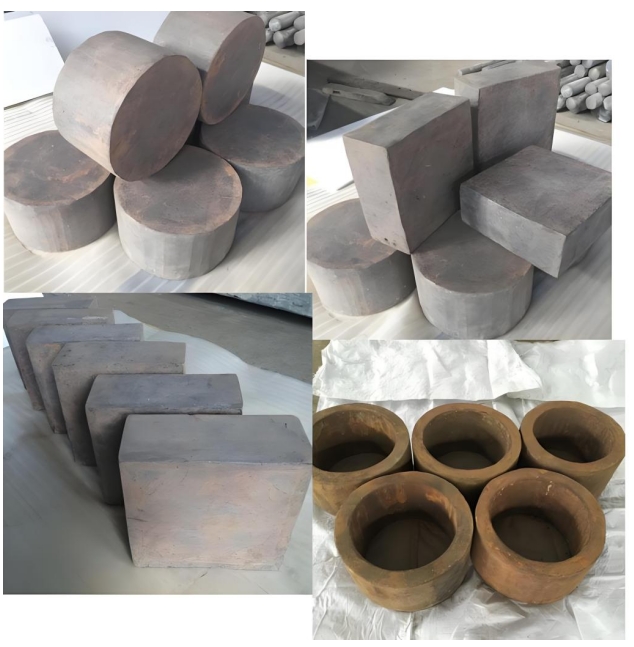
6. Die Design
The design of titanium alloy forging dies differs from that of steel forging dies. The shrinkage rate of titanium alloy forging dies is relatively small, typically in a ratio of 1:1.87 compared to steel forging dies. When using die cavities of the same depth and complexity, titanium alloy forging dies are 50% thicker than steel forging dies. Additionally, the die’s fillet radius should be larger, and the die cavity surface should have a higher smoothness requirement.
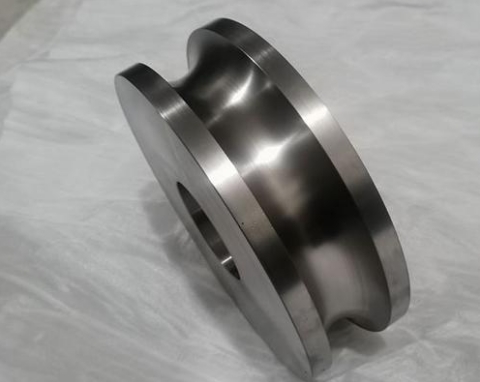
7. Forging of Two-Phase Titanium Alloys
When forging two-phase titanium alloys in the full-phase region, the forging performance of the custom titanium products at high temperatures or the notch toughness of the forged parts can be improved. To achieve forged parts with high comprehensive performance, the microstructure of the alloy after forging should be controlled within a certain range. The content of equiaxed phases should be controlled between 15% and 30%; too much can reduce notch toughness, while too little can decrease elongation. If the content of phases in the forged part is too high, its properties can be restored through heat treatment.
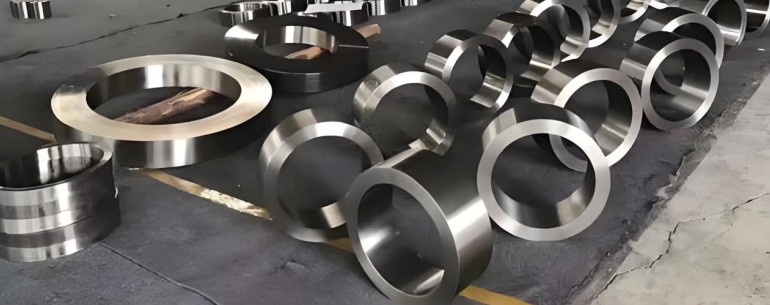
In summary, the titanium alloy forging process is a complex and precise procedure involving several critical elements. By carefully controlling each stage, the quality and performance of titanium alloy forgings can be optimized.
 English
English  日本語
日本語  한국어
한국어  français
français  Deutsch
Deutsch  русский
русский 























































































